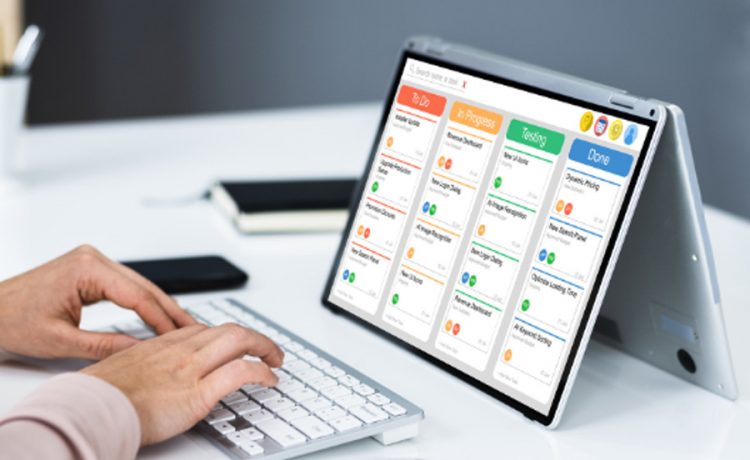In the business world, a big investment can also be in the form of competing for priced commercial and public tenders. However, an organized activity to set the tender process within the set timescale is the key to delivering world-class tenders.
Unfortunately, initiating the tender response process manually is considered a traditional practice in today’s world as it comes with some significant challenges that can result in delays, increased costs, inefficiencies, and, most importantly, errors. Want to know what the challenges are? Then scroll down to learn more about it to avoid it!
Top 3 Challenges While Initiating Tender Response Manually
Here are three common challenges when initiating a tender response manually.
1. Resource-Intensive and Time-Consuming Process
Initiating a manual tender requires the involvement of all the parties, which results in more time consumption as it comprises several processes, such as manually printing and distributing the tender, handling the physical submissions, and reviewing and contrasting the bids. Apart from consuming valuable resources, this kind of brick-and-mortar workflow delays the tendering process, potentially resulting in project delays.
2. No Accountability and Transparency
It is crucial for the business to be accountable and transparent while initiating a tender response, which includes ethical practices and fair competition. However, in most cases, if the initiation is done manually, there is a high chance of a lack of transparency.
As a result, the tendering procedures become more complicated when they are tracked and audited. This can raise unnecessary concerns and issues such as biases, potential corruption, and favoritism.
3. Lack of Collaboration and Communication
Initiating a manual tender response process significantly depends on phone calls, physical meetings, and emails to maintain communication with potential stakeholders. However, under unfavorable circumstances, there is a high chance of miscommunication or delayed response in this fragmented approach, further complicating managing several clarifications and queries. Additionally, it disrupts the maintenance of consistent communication till the end of the tendering process.
Conclusion
Initiating a tender response process manually has its own challenges, which can include a lack of transparency, time-consuming, and misunderstood communication. Therefore, businesses must be careful to avoid these challenges to have a smooth tendering process.
Moreover, with today’s technology businesses can consider switching over to initiate the tender response process digitally through effective tender response software to leverage more efficiency, overcome challenges, and obtain satisfied tender outcomes.









